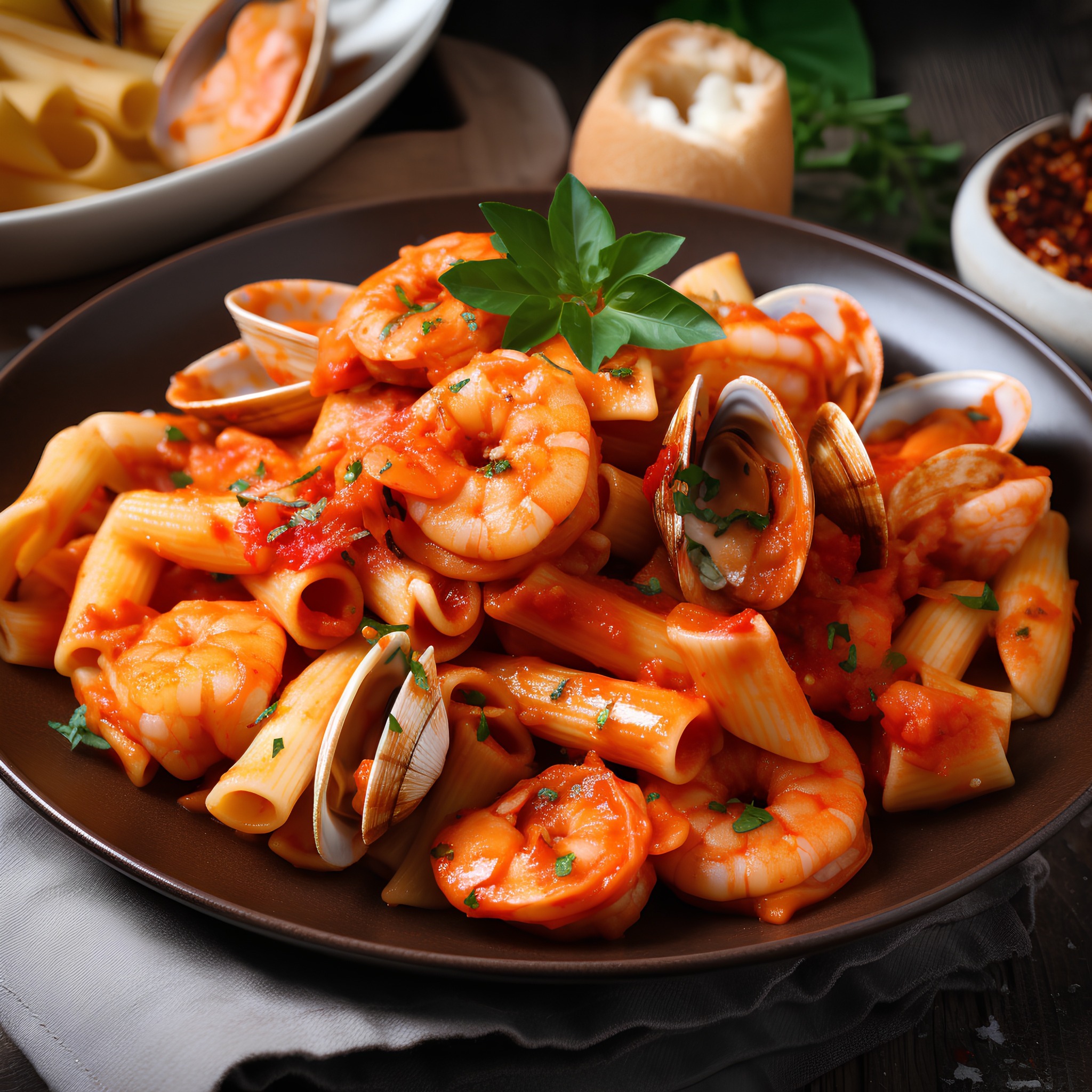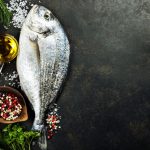The Palourde or Carpetshell clam is thought of as the crème de la crème of the clam world in fine dining. It is a hard-shell clam as opposed to a soft type which often don’t have a shell. The species is scientifically known as Tapes decussatus or Venerupis decussatus.
Most are sourced from France where they are known as palourde or couteaucourbe and in Portugal or Spain as the ameijoa or almeja. In Italy they are known as cannolicchio, vongola near or vongola verace. In The Netherlands they are called Scheermes.
For many, they look quite nondescript according to The Fish Society but they quite rightly regard them as the best clam. An alternative in cuisine are Japanese Clams which have a similar flavour and texture but should rightly be left for Asian cooking.
In France, this clam is often stuffed. In Italy, they are a mainstay of seafood pastas. A typical Seychelles dish also suggests stuffing them although these are probably clams of a different species. If you are fortunate enough to visit The Providores and Tapa Room at 109, Marylebone High Street in London then be sure to try them as a starter or accompanying many of their fish dishes. Halibut seems a particular speciality demanding this clam partner it with some interesting Asian flavours. Peter Gordon who runs this restaurant clearly understands how to marry the sweetness of these clams with more exotic flavours.
The range of this clam incidentally is from northern Scotland down to the Mediterranean but also along the east coast of North America and Canada. In Britain, they are regularly harvested in the Solent. According to the bible of British seafood, The Edible Mollusca of Great Britain and Ireland, with Recipes for Cooking Them, they were intensely sought after. The writer and Victorian naturalist M.S. Lowell who wrote this tome in 1884 thought they were admirable. The collectors of the day described them as ‘butter fish’ because of their exceptional sweetness with a ‘melting’ texture.
The clam should smell sweet when shucked and is delicious even when scoffed raw. It is generally thought to have a sweeter taste than the cockle which is why in Britain for example we think of it as a posh version. However, cockles can easily be substituted for this clam and no-one would know the difference save palourdes are generally slightly bigger.
Some exceptional recipes can be found for this type of clam in The River Cottage Fish Book by Hugh Fearnley-Whittingstall.
In the UK, palourdes are sourced infrequently depending on the season, however they can be purchased on-line from suppliers with a greater reach. Of the key commercial areas the coastal waters of the Charentes-Maritime, especially near La Rochelle are good places to start.
Hugh Fearnley-Whittingtsall recommends we do not purchase dredged clams because of the damage done to coastal beds.
Please note this article contains links to our affiliate marketing partner. Please read our affiliate disclosure.


Try making a clam sauce from these as they are superb in flavour. Nevermind the whole ones, we make this sauce for the barbecue and the flavour is fantastic. Ask me for the recipe !